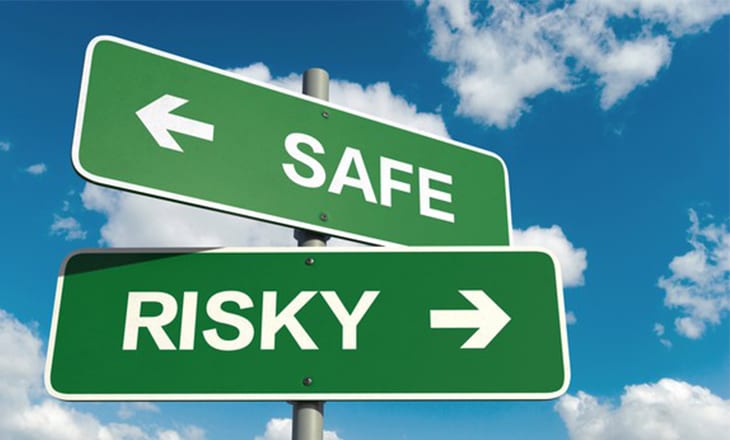Even after the meltdown in cryptocurrency values in 2018, consumer interest in tokens and all thing crypto continues to expand on all fronts and in all jurisdictions across the globe. Unfortunately, these new crypto investors often respond to the industry hype without becoming aware of the significant risks that are present. Cryptocurrencies are at the top of the risk pyramid. High risk implies that a greater degree of awareness, education, and training is a prerequisite before putting real cash on the line. Investors, however, in their eagerness to get involved, tend to make three common mistakes, each of which can lead to disastrous results.
If you do not want your name to be added to a growing list of casualties, then you might want to heed this advice from industry experts. All too often, we have been led to believe that blockchain technology is invincible when it comes security compromises, but it is not immune. Although algorithmic security protocols and their consensus mechanisms can provide a high hurdle for hackers, there are several other points of vulnerability that have been under attack from Day One. Losses are in the billions of dollars.
Mistake #1
Never think that exchanges are the same as a bank. Today’s crypto exchanges are independent entities, quasi-regulated at best, and, as history has shown, extremely vulnerable to compromise. In 2018 alone, exchange losses were well in excess of $1 billion, having come in at just under that figure after only three quarters. In most cases, there are no national compensation or insurance plans to cover investor losses. You are on your own. In one controversial approach, Bitfinex chose to spread its $72 million misfortune across its entire client base. Requests for refunds typically fall on deaf ears.
Mistake #2
Investors, which have either been burned, as in Mistake #1, or at least learned of the risk and wanted to do something about it, soon discovered the world of crypto wallets. A $100 million industry has formed around this protective approach, which can include offline hardware, software, and even paper to provide protection from thieves. Trezor, one of the leading firms in the sector, always instructs its customers that, “You should guard your crypto wallets at least as closely as you guard your cash.” Whether you employ a typical USB device that looks like a flash-drive or keep your private keys on a piece of paper, if you lose either one, it is almost the same as losing cash. With cash, the national engraving service may have a policy for replacing mutilated legal tender. Wallets or paper are different stories, rarely with happy endings.
Mistake #3
Tax time is coming. Are you prepared or have you, like many others, neglected the possibility that tax liabilities could spoil your fun? To compound the problem, taxing agencies the world over have been vague on the topic. Many have produced guides, online tutorials, and informative circulars to advise that taxes may be due, but definitions and examples tend to leave taxpayers confused. Suffice it to say that you need to take the high road. Maintain records of your crypto transactions, i.e., date of purchase, purchase amount, type of crypto, date sold, and gain or loss realized. Transfers, payments received, and mining rewards may also require documentation, as well. In any event, check with a local tax professional well in advance to determine your potential exposure. There are already numerous horror stories in this area. Be prepared.
You might also wonder what does the future hold? As one industry reporter noted:
As cryptocurrency moves ever further into the mainstream, we can expect some of the rules of cryptocurrency investment to change. Consumer protection regulations might enter the books, cryptocurrencies might receive their own tax forms, and privately managing holdings might become less technically daunting.
Innovations will come.
